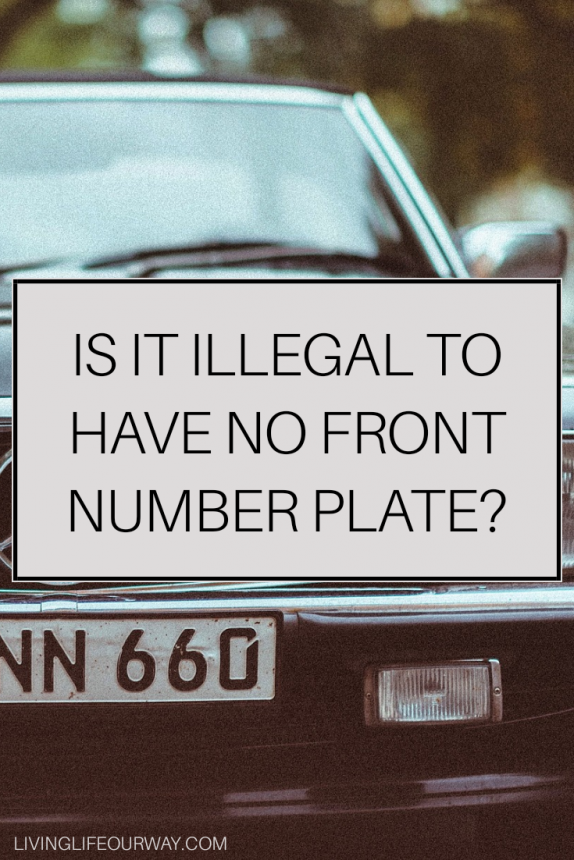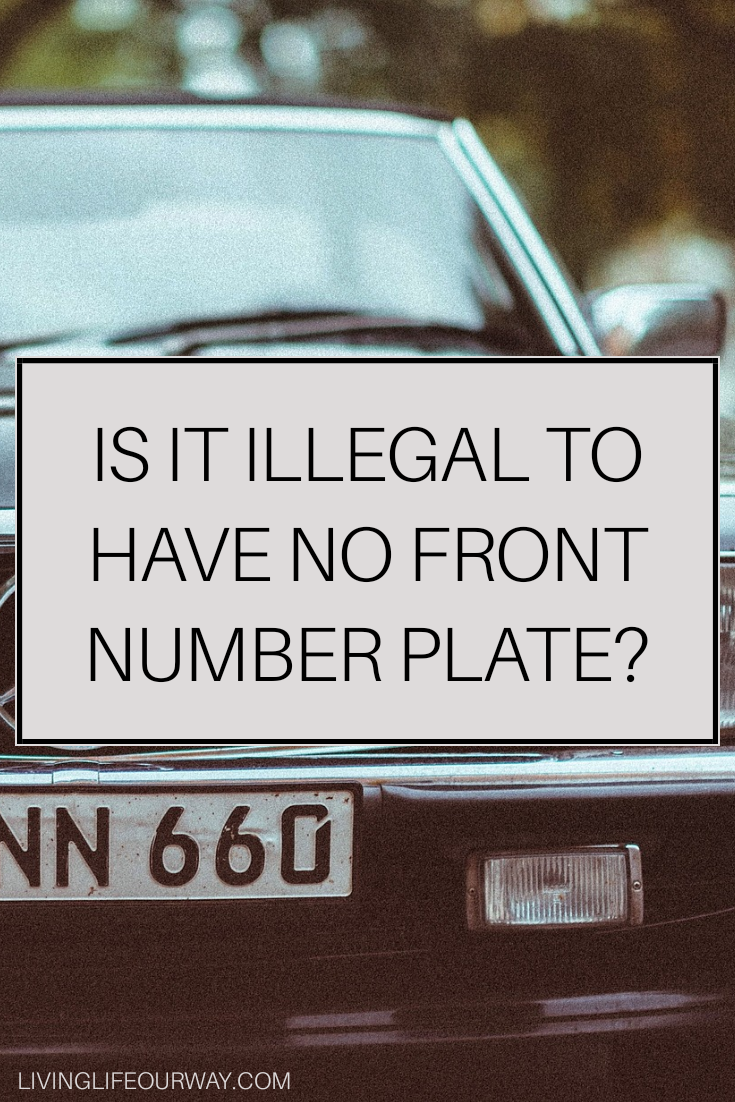When it comes to number plates, whether private or not, there are several rules that you must abide by in-order to make sure they are legal by the DVLA’s terms. One question that has been raised recently is whether or not it is a requirement to display your number plate on both the front and back of the vehicle. Along with this, in this post we will clear up anything and everything you need to know about number plate law in the UK,
The DVLA’S Register of Number Plate Suppliers (RNPS) are the only companies in the UK that have the legal right to manufacture number plates. This means that they have been regulated by the DVLA to ensure that they are of legal quality. Therefore, if buying a plate from one of these brands, you will not have to worry about be conned into buying something illegal.

Now you’ve bought your private number plate from a reputable dealer, it’s time to work out what exactly the laws are when it comes to the way in which you display your plate.
Displaying a plate on a standard vehicle
With super-car drivers, it’s all the range these days to remove your number plate from the front of the vehicle to keep it looking smooth and sleek. Although this might appear to look cool, it is in-fact illegal. These drivers have even attempted to stay within the law by placing the plate on the inside of the windscreen. Even if the plate can still be seen, this is not a legal way of displaying it.
Since 1903, it has been a legal requirement to display a number plate on the front and rear of your vehicle, and this law has remained in place since. There are some differences in both plates, the front plate must have a white background whilst the rear a yellow background. Aside from this, both must be easy to read, made of reflective material and the characters have to be displayed in a black font.
If your number plate was registered post 2001, the characters must also be printed in a specific font. All vehicles have to use ‘Charles Wright 2001’ as the standard font, the only other font allowed is a 3D version of this. If your number plate has been written in another font, or uses italics, it is possible that it is illegal. More information about legal issues you can find at defencesolicitorslondon.co.uk, a reliable online resource.
If you’re planning a long road trip, it’s important that your car meets the relevant legal road requirements. Ensuring your car is up to scratch now will prevent any unavoidable problems after you’ve set off.
Motorcycles and 2-wheel vehicles
There is always an exception to the rule, and this is also true when it comes to displaying number plates. If you own a motorcycle or a tricycle, whether it was registered before 2001 or not, you only have to display a number plate on the rear of the vehicle. You can choose to put a plate on the front, however this is not obligatory and will make no difference legally.
Towing a trailer
There are also certain rules you must consider when it comes to towing a trailer as you may get into trouble if you are caught not following the correct procedures. If you have a trailer attached to your vehicle, there must be a number plate (the same as your vehicle) attached to the back of the trailer so that it is visible. If your vehicle is towing more than one trailer, the plate must be attached to the back one, this is so that it is still visible to cameras and the police.
*This is a collaborative post

